How Drones are Changing how the Telecommunications Industry Operates
Whether it is inspecting towers or providing crucial data for antenna upgrades on sites, drones are now a very useful tool in providing the necessary information in a cost efficient and timely manner
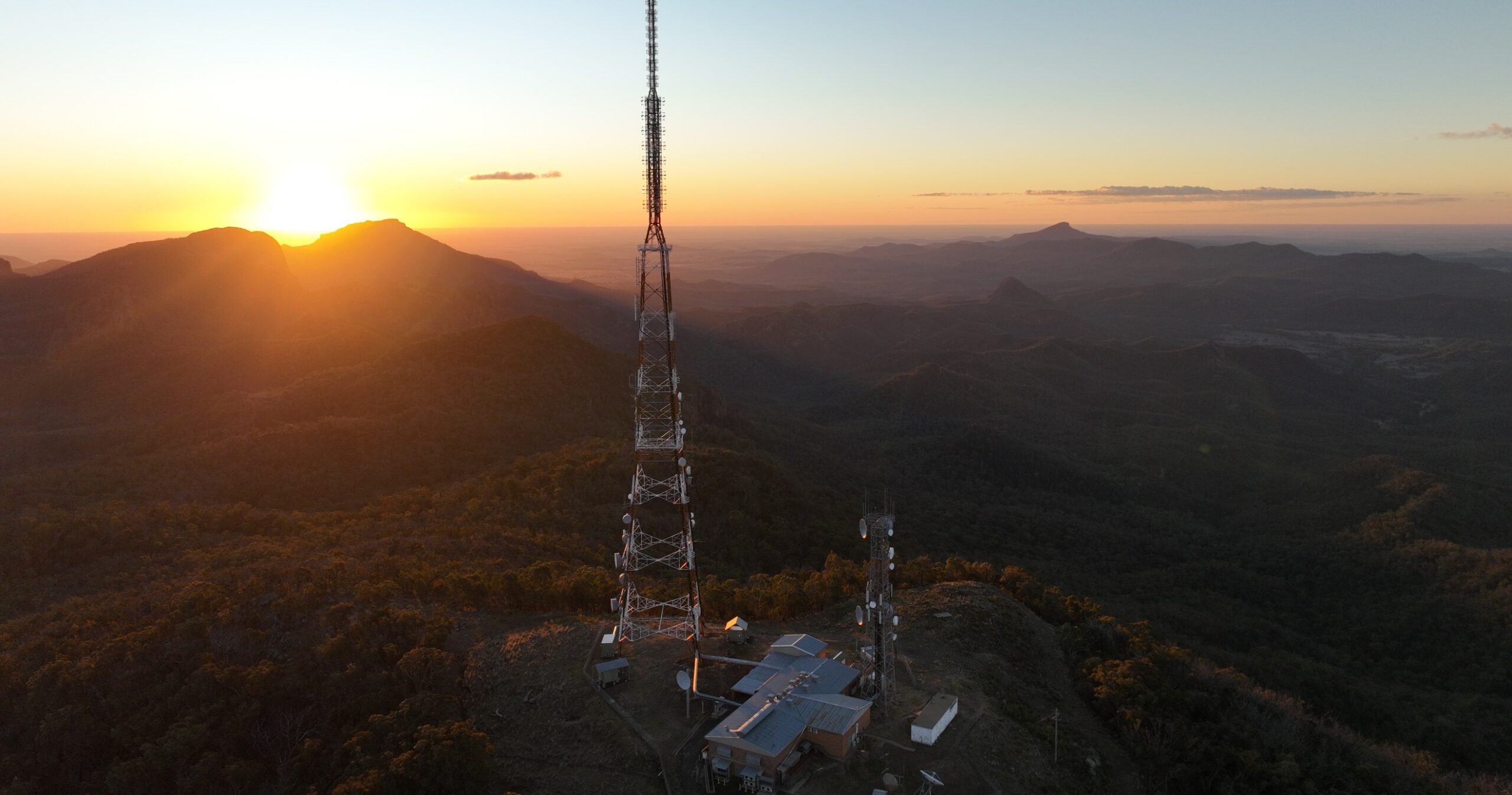
Licensed, Certified & Inducted for Telco Work
Licensed by CASA for up to 25kg drone operations
$25 million public liability insurance
First Aid & CPR certifications
White Card
Optus, TPG, Telstra Inductions
5 years experience in LoS & SDV work
Line of Site Surveys
Scope
During the process of upgrading mobile tower sites to reduce black spots for mobile phone signal, additional antennas and dishes need to be installed to communicate with antennas on a different site up to 50km away. In order for effective communication between the antennas, a clear line of site is required. Any obstructions such as hills, trees or buildings will interrupt this causing the path link to be ineffective. Sometimes there may be several B end candidates to determine LoS from the A end to provide several options. In many cases the A End or B End may be a greenfield site.
- 2 x person drone team allows effective determination of the line of site of the link path
- One drone operator will be at the A End and rise to the existing or proposed antenna height pointing a long range zoom camera toward the bearing facing the B End
- The other drone operator will be at the B End site and rise to the antenna height pointing a powerful flash light toward the A End
- If the A End operator can see the flash light this represents a PASS as a suitable candidate for the proposed link path
Deliverables
A clear and well put together report is essential for telco teams to keep on record for the wider team to access and assist them with planning the tower upgrade. Within the report a number of deliverables are provided to provide evidence of the successful of failed path link. While a successful link path may be true, it is critical to understand how vegetation may affect the link path in the future. This may include;
photos, video, panorama’s as well as 3D models.
- Photos of the link path (potentially from both ends)
- Video of the link path zooming in and out and from different heights
- 360° spherical panoramas of the link path from certain heights as well as above the tower to determine vegetation in the immediate area
- Accurate GPS and site name annotations
- Markups within drone images of notable obstacles or areas of interest
- Height and bearing references
Get in touch for sample Line of Sight Reports
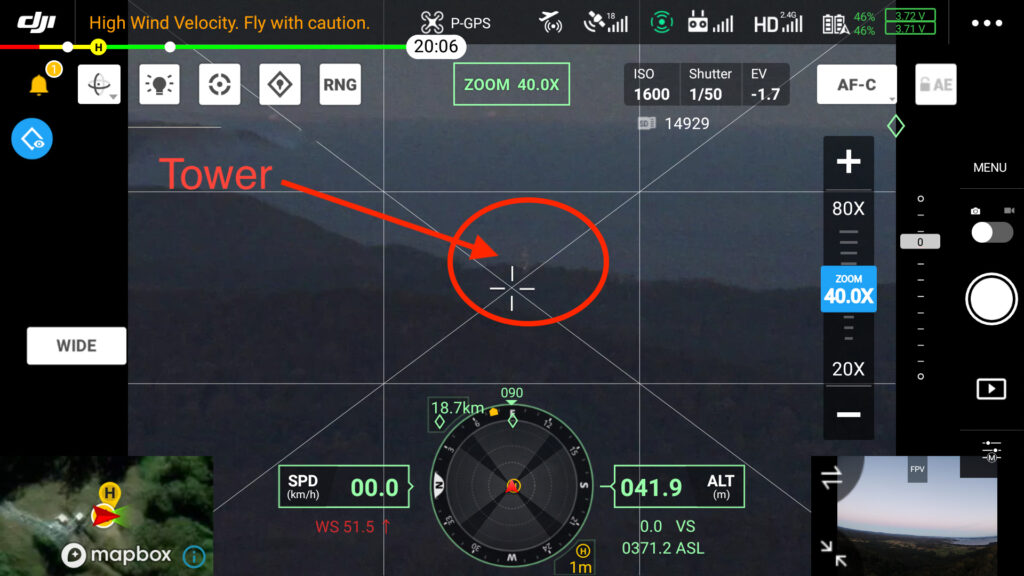
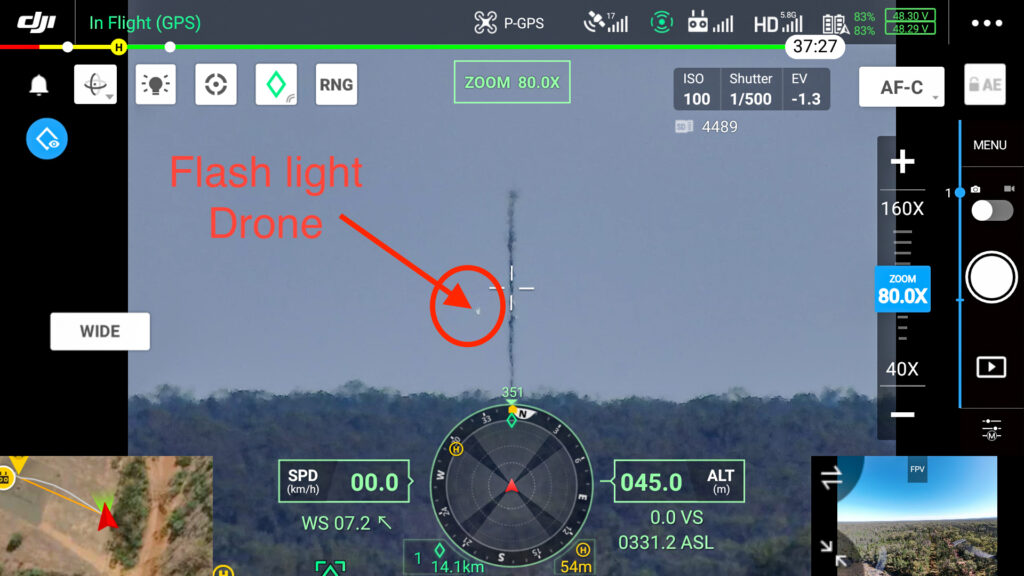
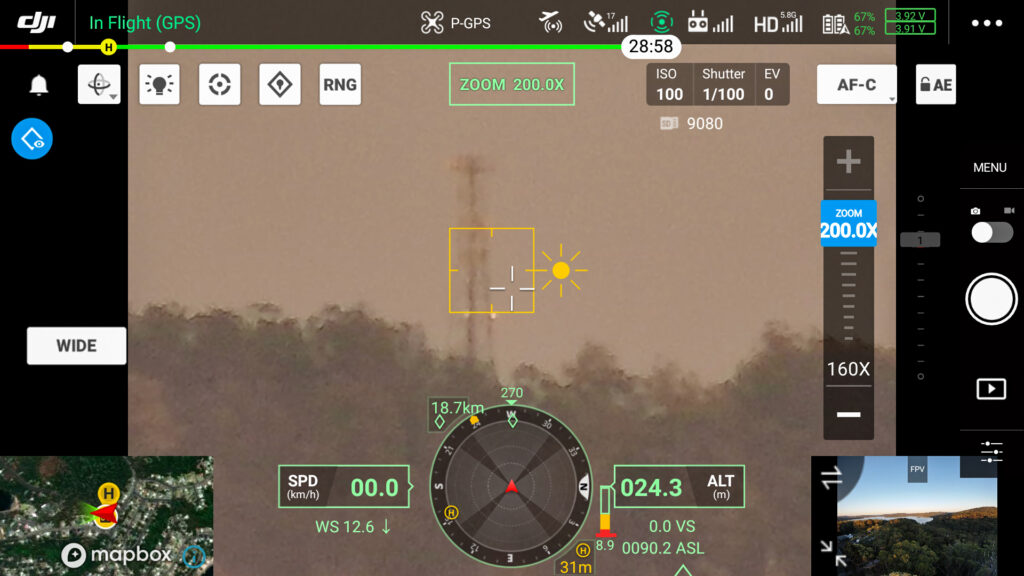
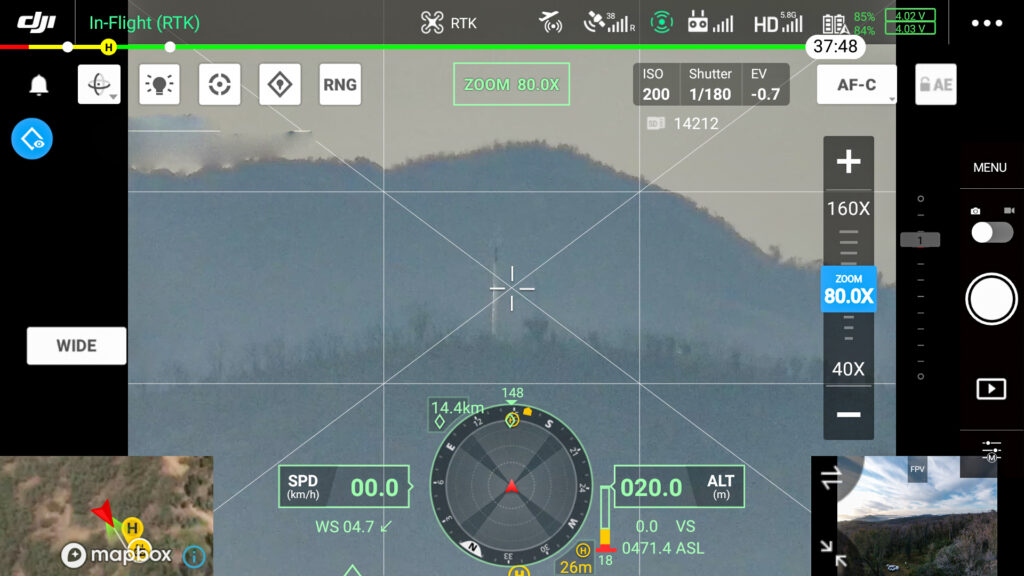
Telco Tower 360° Spherical Panorama
Telco Tower 3D Model
Site Design Visits
Scope
SDV’s are an important part of understanding what a site currently looks like in terms of equipment, tower hardware, condition of components or structure
- aerial and ground imagery of the tower and compound
- internal imagery of the shelter including all components such as tx racks, labels, cables,
- Imagery of entire compound and site including locks and any signs of forced entry
- Capture the access track
Deliverables
There are many ways to report SDV’s depending on the requirements. These could just be folders of images labelled to give an understanding of where and what they contain.
- Point of Interest Maps and reports to show the distance and height of objects within 50m of the tower
- Shelter and compound Images
- Tower Elevation, Site and Access Images
Using 3D Models for SDV's
- Accurate horizontal measurements
- Vertical heights of objects from ground level
- Calculate the area in meters squared of available space in a compound
- Assess suitable areas for a greenfield site
- Add annotations and notes on specific areas
- Have a digital record that stakeholders can immediately access to easily and quickly obtain information
- Provides a digital twin of the tower to determine current hardware and available space for new antenna’s
- Check to see if buildings/shelters are a compliant distance from the tower
Telco Tower Inspection
Tower Structure:
Assess the overall condition of the tower structure, including the main mast, legs, and support beams.
Check for signs of corrosion, rust, or physical damage that may compromise structural integrity.
Check for birds nests and other wildlife in the tower
Antennas:
- Inspect antennas for proper alignment, secure mounting, and any visible damage.
- Check for signs of wear and tear, loose bolts, or damaged connectors.
Microwave Dish and Transmission Equipment:
- Examine microwave dishes for alignment, how they have been installed, visible damage,serial numbers as well as other written markings.
- Inspect transmission equipment for signs of wear, loose fittings, or malfunction.
Cables and Connectors:
- Examine the condition of cables, connectors, and transmission lines.
- Identify any loose or damaged connections that may affect signal quality.
Shelters and Ground Equipment:
- Inspect equipment cabinets, tx racks, cables etc for any signs of damage, water ingress, or pest infestation.
- Ensure that cooling systems (if present) are functioning correctly.
Power Supply:
Check the power supply components, including batteries, solar panels, or generators.
Ensure that the power system is providing a stable and reliable source of electricity.
Lights and Beacons:
Inspect aviation lights and beacons for proper operation and visibility.
Check for any damage or malfunction that could impact the tower’s visibility to aircraft.
Radio Frequency (RF) Equipment:
Inspect RF equipment, including transceivers, amplifiers, and filters.
Ensure that all components are securely mounted and properly connected.
Security Features:
Check security features such as fences, gates, and locks to prevent unauthorised access.
Inspect surveillance cameras or other security systems for proper functioning.
Labeling and Documentation:
Verify that the tower is appropriately labeled with identification information.
Check for the presence of required documentation, including compliance certificates and maintenance logs.
Mobile Tower 3D Model Use Cases
Using 3D models for mobile tower inspection offers several advantages, enhancing the efficiency, accuracy, and effectiveness of the inspection process.
Comprehensive Visualization:
- 3D models provide a comprehensive visual representation of the entire mobile tower structure, including the mast, antennas, equipment cabinets, and surrounding environment.
Inspectors can virtually navigate and explore the tower from multiple angles, gaining a detailed understanding of its condition.
Detailed Analysis:
- 3D models capture intricate details of the tower’s components, allowing inspectors to zoom in on specific areas for a more detailed analysis.
- Issues such as corrosion, loose bolts, or damaged connectors can be identified with greater precision.
Efficient Planning:
- Inspectors can plan the inspection process more efficiently by strategically focusing on specific sections of the tower within the 3D model.
- This targeted approach helps save time and resources compared to traditional manual inspections.
Historical Comparison:
- By creating 3D models during each inspection, a historical record is established.
- This enables inspectors to compare the current state of the tower with previous inspections, tracking changes over time and identifying trends or patterns.
Data Annotation and Documentation:
- 3D models allow for the annotation of specific points of interest, such as identified issues or maintenance requirements.
- This annotated data serves as a visual reference for documentation and can be shared with relevant stakeholders.
Remote Collaboration:
- 3D models facilitate remote collaboration among inspection teams, engineers, and decision-makers.
- Stakeholders can access the model from different locations, improving communication and coordination during the inspection and maintenance processes.
Image Gallery
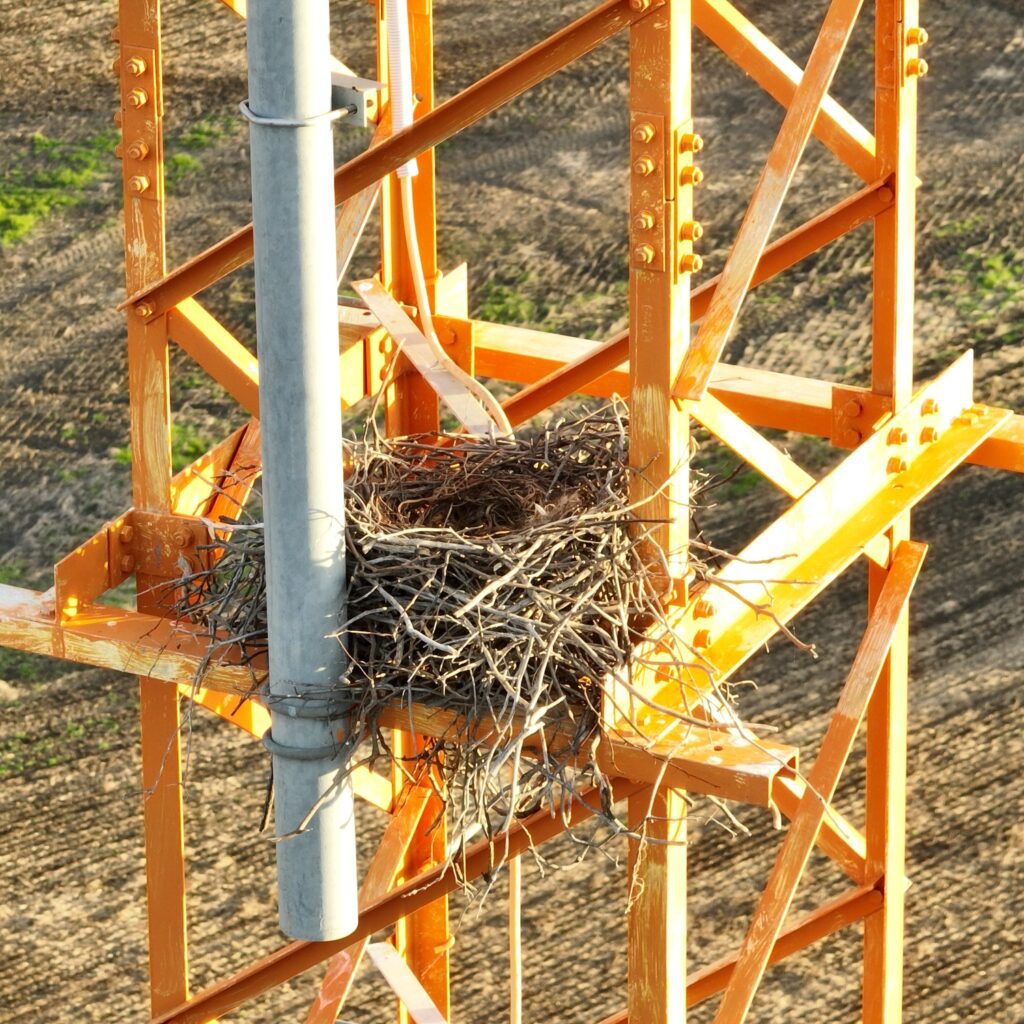
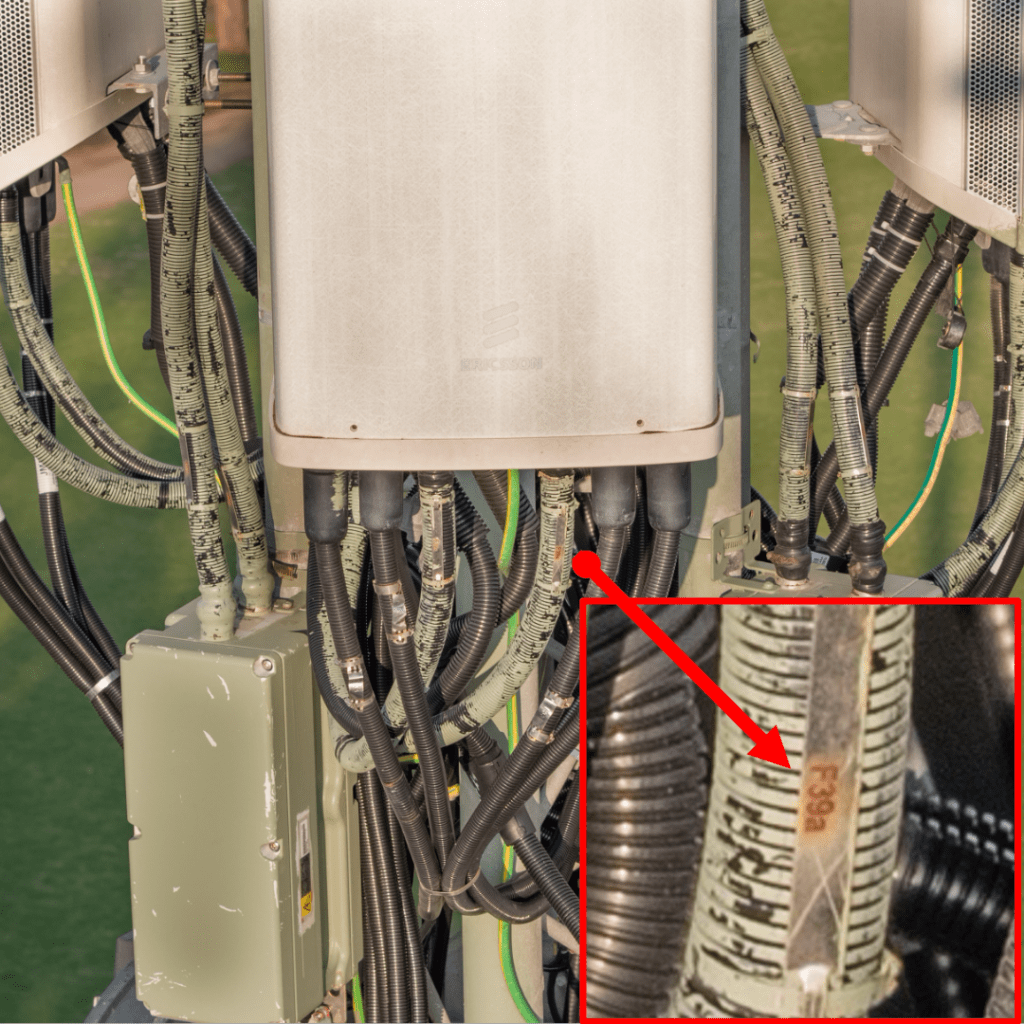
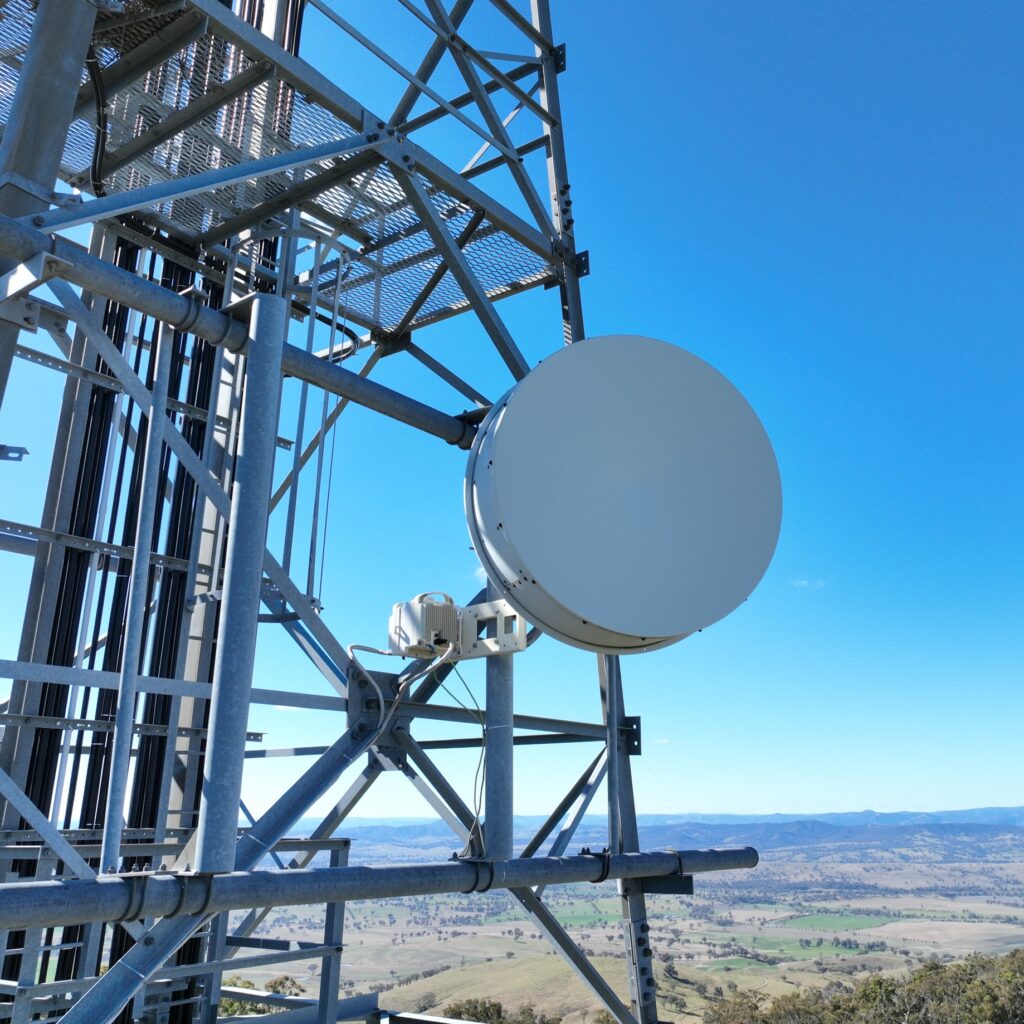
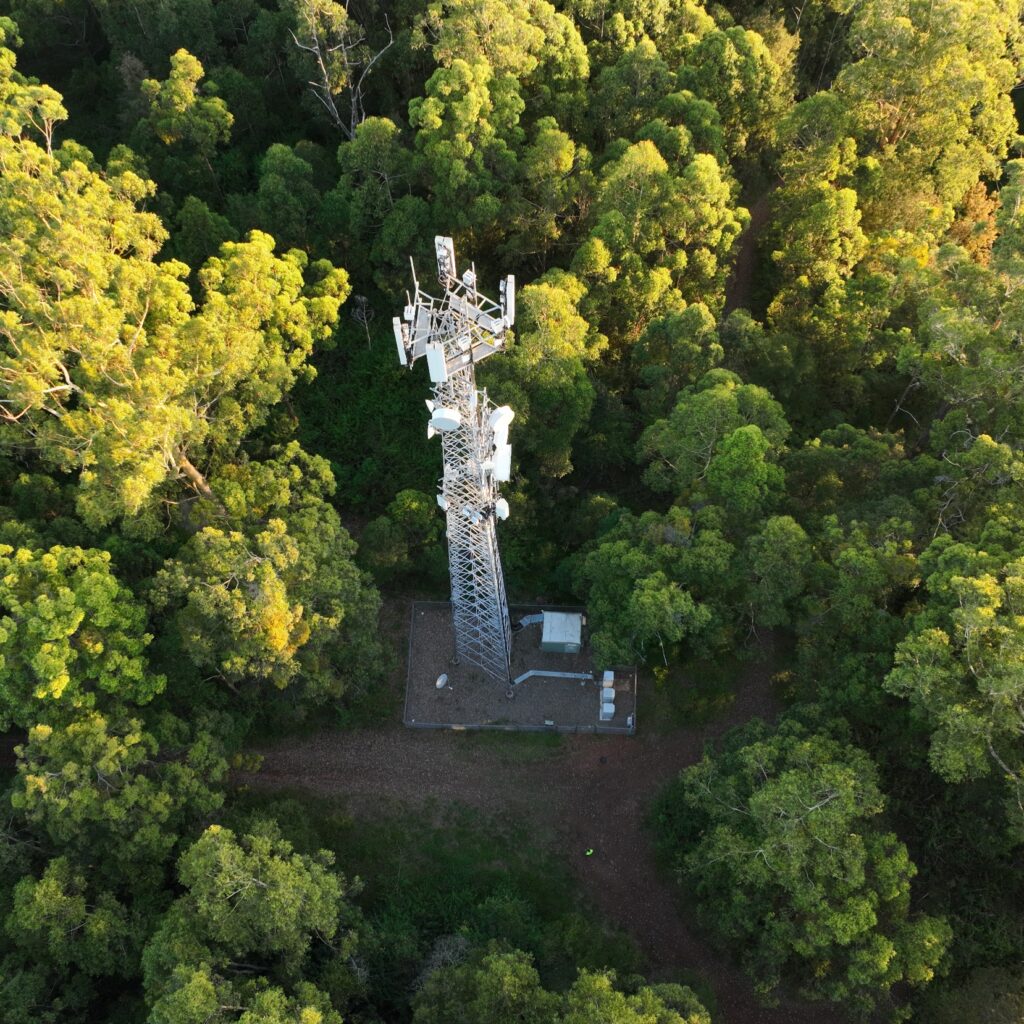
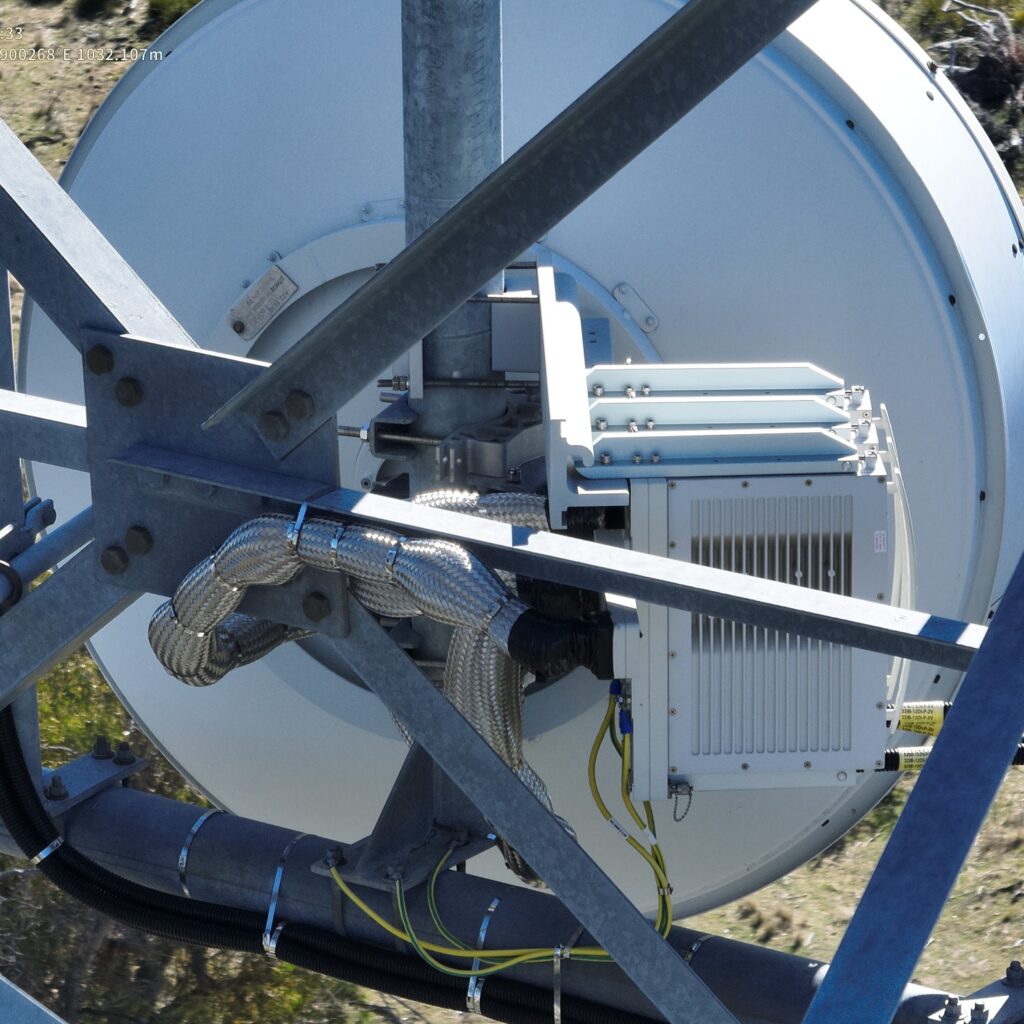
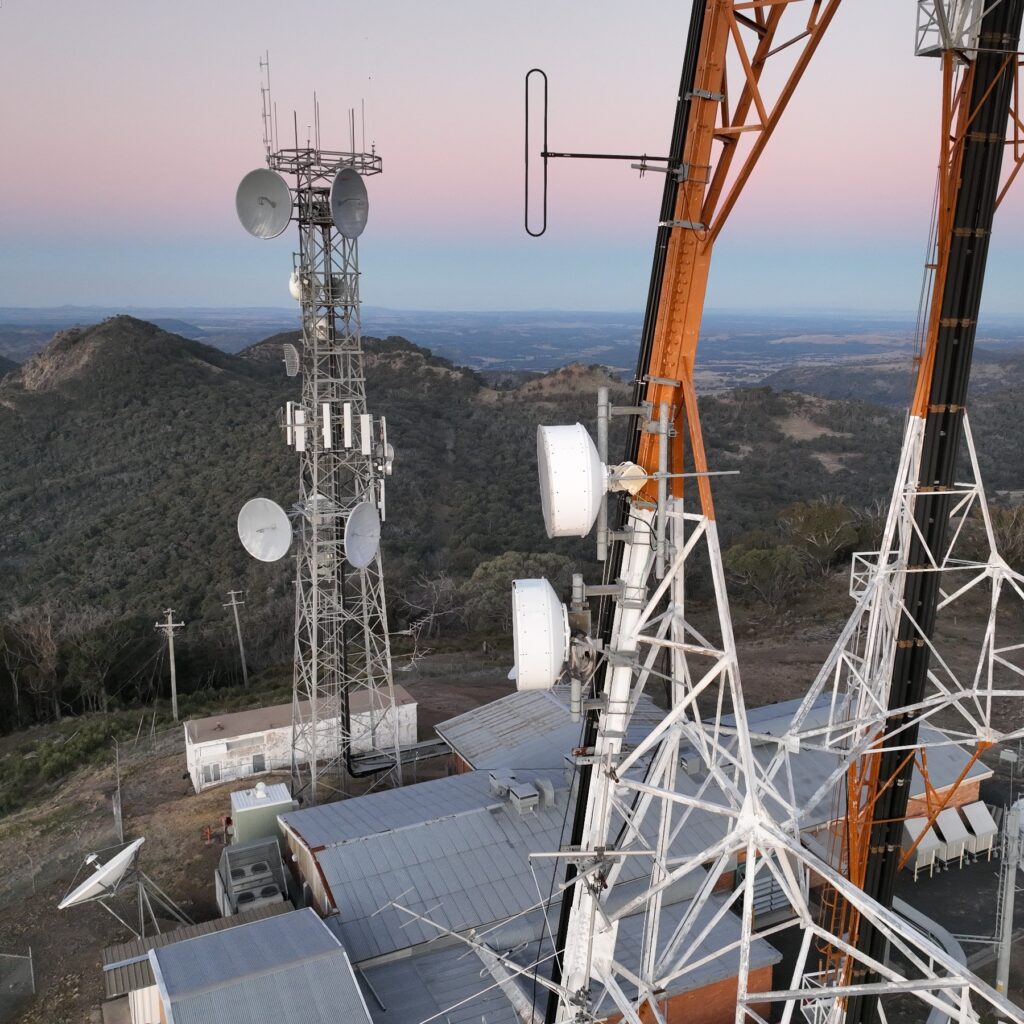
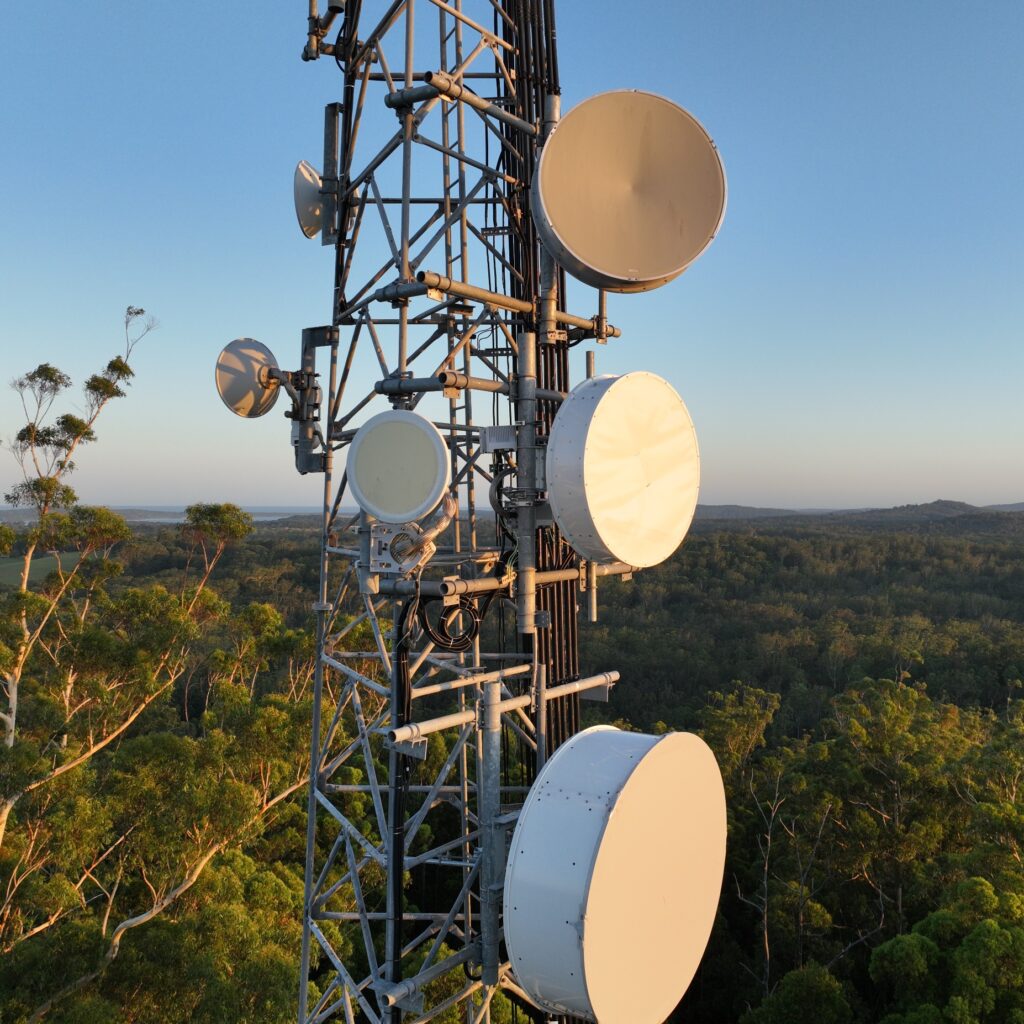
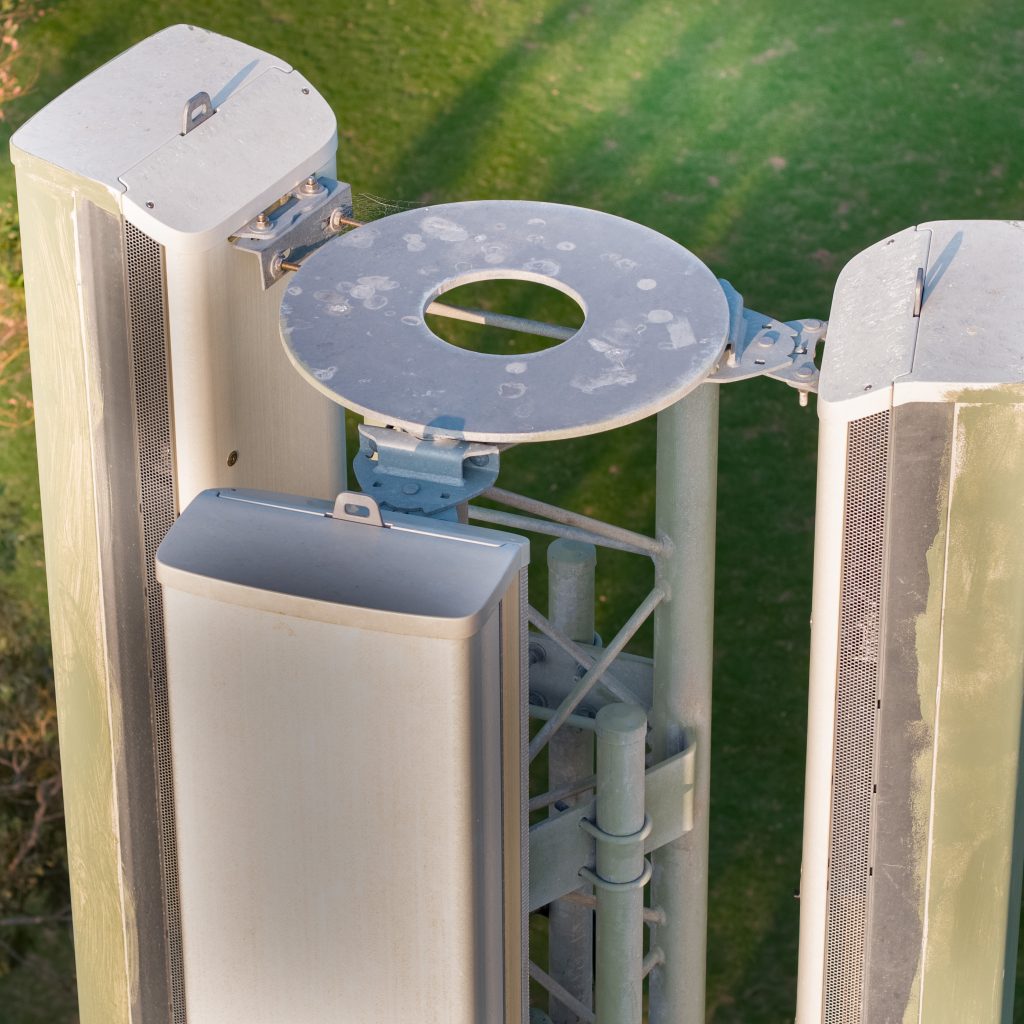
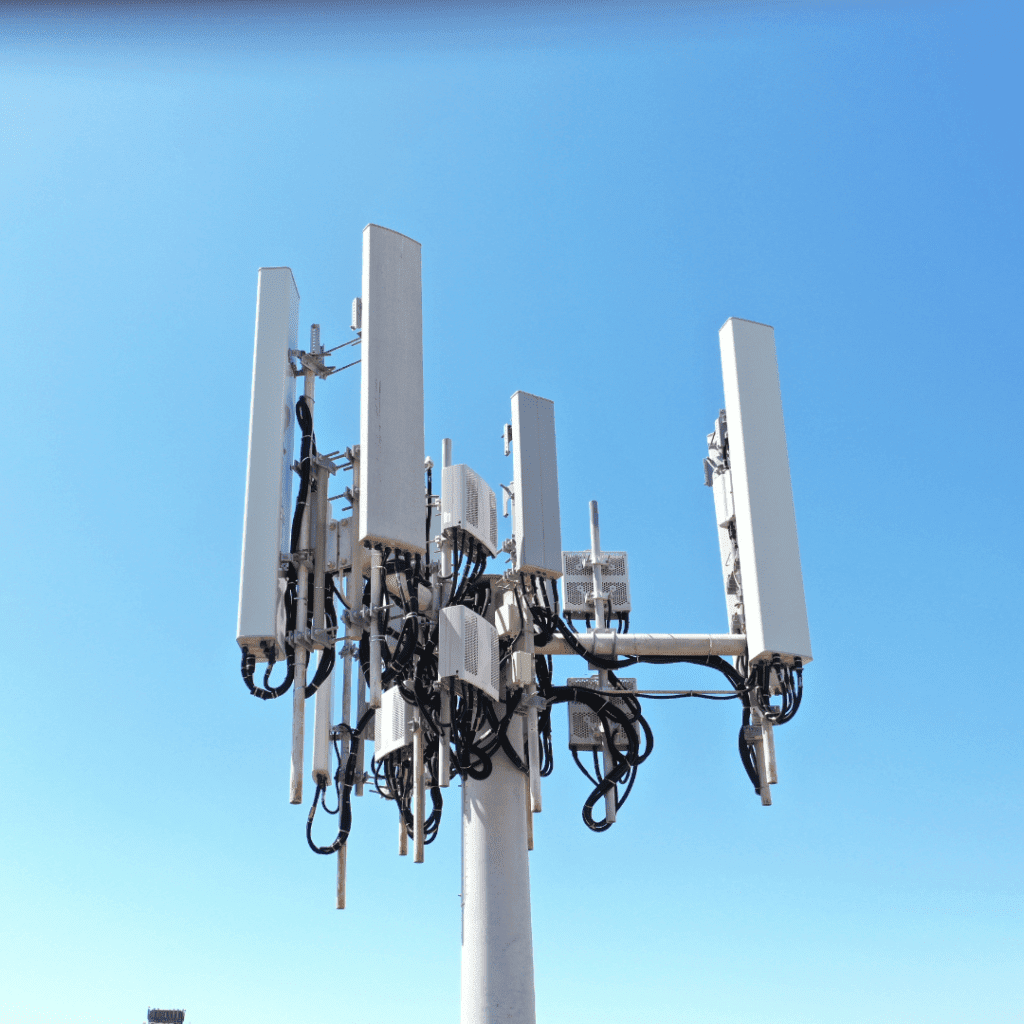
Minimal Disturbance of Wildlife
When it is necessary for someone to climb a tower to make repairs, identifying hazards such as damaged infrastructure, beehives and bird nests is crucial. It can be dangerous to the worker and also to the animals. In some cases, the bird could be endangered, and disturbing its nest could affect the chance of its survival. With a drone, these issues are eliminated.
Cost
Liability insurance is very expensive and so are the costs involved with training workers to do a manual mobile phone tower inspection, not to mention the considerable amount of time required to complete the inspections. Since drones are faster and less of a concern in terms of liability, the insurance costs are much lower.
Safety
Putting a machine in the air is obviously much safer than putting a human at height. This alone is a great reason to utilise drones for telecommunications tower inspections.
Thoroughness & Efficiency
The sheer amount of data that can be captured of a tower and its components is incredible. Getting into positions that are not possible by a person and delivering a complete data set of the asset without any gaps in knowledge. There will never be any circumstances in where something was missed. This also extends to reporting in which a drone can create a 3D model of the mobile tower which allows for much more thorough analysis due to the increase in context.